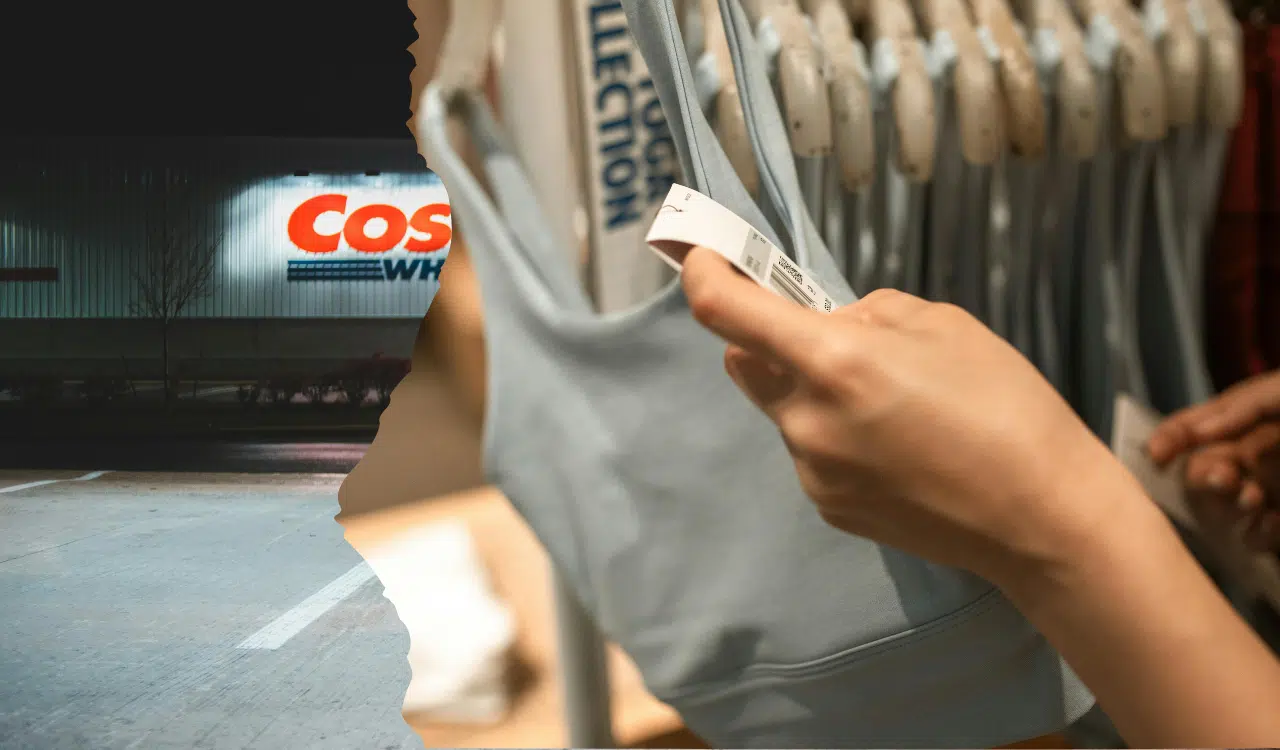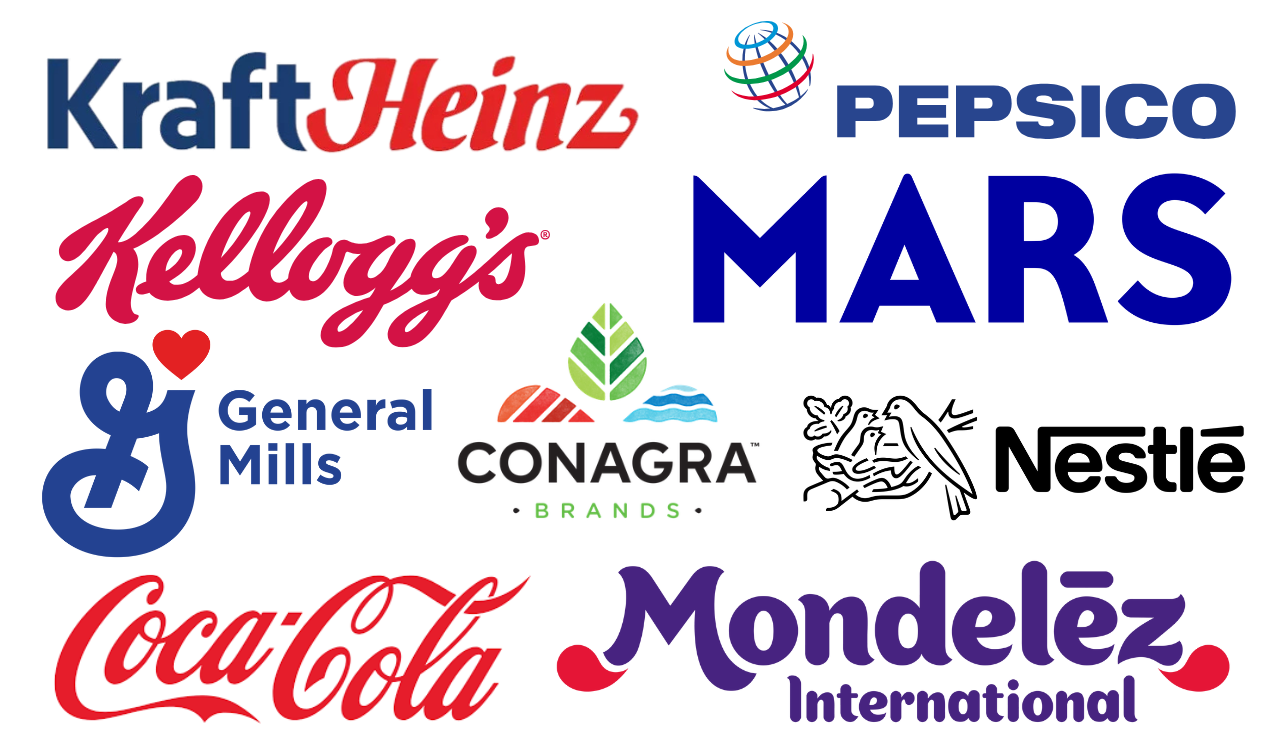Now that the headlines have faded, let’s take a closer look at Lululemon and its lawsuit against Costco for allegedly infringing on its patents and protected trade dress by selling look-alike products. The suit explicitly cites dupes of its popular Define jacket (original sells for ~ $128), ABC pant (~$100), Scuba hoodie (~$118) and Hi-Tec Men’s Scuba Full-zip jacket (~$100) that Costco retailed for around $20 or less and sold under the brand names “Danskin Ladies Half-Zip Hoodie,” “Danskin Half-Zip Pullover,” “Jockey Ladies Yoga Jacket,” “Spyder Women’s Yoga Jacket,” “Hi-Tec Men’s Scuba Full Zip,” and “Kirkland 5 Pocket Performance Pant.” Of note: Only Costco is being sued, not the companies that produced the products.
The filing shows pictures of Kate Middleton, Nicole Kidman and Reese Witherspoon wearing Costco’s Define jacket dupes and calls out #LululemonDupes on social media platforms, such as TikTok, where influencers promote copycats.
Lululemon’s chances of prevailing and being compensated for lost profits, receiving royalties and/or unspecified damages are slim to none. In such cases, it isn’t enough to prove product patents or trade dress were copied – and that’s particularly hard where fashion is concerned. The plaintiff must also prove that the offending party intended to trick customers into thinking they were getting the real thing.
Misplaced Energies
This is not Lululemon’s first legal tangle against copycats. In 2021, it sued Peloton over its dupes, which eventually led to a five-year partnership agreement in which Lululemon became Peloton’s primary athleticwear supplier. However, it is apparently the first time Costco has been hit, even though its business model is built on creating dupes that sell for much less than the name brand.
Lululemon’s chances of prevailing and being compensated for lost profits, receiving royalties and/or unspecified damages are slim to none. In such cases, it isn’t enough to prove product patents or trade dress were copied – and that’s particularly hard where fashion is concerned. The plaintiff must also prove that the offending party intended to trick customers into thinking they were getting the real thing.
“There has to be a true attempt by the dupe manufacturer to deceive, and it’s very hard to prove that that intent exists,” shared trademark attorney Karl Zielaznicki with Forbes. “Customers often know that they aren’t buying a $5,000 watch for $100. They know it’s a different, dupe product.”
What is certain is that Lululemon will be paying hefty legal fees if the case proceeds to a jury trial, as requested. The case could also be a major distraction for the Lululemon team, who have much bigger business issues to focus on and more significant competitors than Costco to worry about.
Lulu Descending
Lululemon has recently hit a speed bump. After revenues surged 19 percent in 2023, growth subsided by nearly half to 10 percent in 2024 to reach $10.6 billion. However, it’s in the Americas, especially the U.S., where the troubles are most apparent. Lululemon generates approximately 75 percent of its sales in the Americas and where 60 percent of the company’s nearly 800 branded stores operate.
Revenues in the Americas increased by 12 percent in 2023 and then growth dropped to four percent in 2024, reaching $7.9 billion. In the U.S. alone, with nearly 400 company-operated stores, sales advanced only two percent last year, and comparable sales declined by one percent.
Through the first quarter 2025, ending May 4, global first-quarter revenues grew seven percent, yet it was only able to tweak a two percent uptick in revenue in the Americas. And comparable sales dropped two percent in the Americas, with the decline attributed primarily to reduced foot traffic and lower conversion rates. Unlike in previous quarters, the company didn’t report comp sales by country.
However, CEO Calvin McDonald addressed troubles in the U.S. market during the earnings call. “My sense is that in the U.S., consumers remain cautious right now, and they are being very intentional in their buying decisions,” he said, adding, “We’re definitely not happy about where the growth is in the U.S.”
While the company signaled that it was confident it could ride out the impact of tariffs, it expects some prices to increase as tariffs begin to take effect in the second half of the year. Shortly after the first-quarter earnings call, the company laid off 150 corporate employees at its store support centers, according to RetailDive.
While Lululemon continues to hold its previous 2025 guidance, with revenues advancing from five to seven percent to reach between $11.15 billion and $11.3 billion, the goal of achieving its Power of Three x2 growth plan of $12.5 billion in 2026 appears to be moving further out of reach.
Race to the Bottom
To fight rising Lululemon brand fatigue not just in the U.S. but across the globe, the company has been leaning into a plethora of new styles, but that comes with a cost: markdowns. Jefferies analyst Randy Konik noted, “Management continues to emphasize product newness, but our frequent channel checks suggest these efforts have not resonated broadly with many new designs quickly hitting sales racks. As Lululemon’s core customers shift their spending toward competitors, like Alo and Vuori, the company has broadened its product assortment in an attempt to expand its base, potentially alienating its core audience further.”
During the earnings call, CFO Meghan Frank said the company expected “modestly” higher markdowns as the year progresses. The most recent Jefferies channel check suggests that elevated markdowns are already taking place after visiting the full-price stores in Roosevelt Field and Walt Whitman Shops, and the Woodbury Common Outlet store.
Observing heavily stocked sales racks in full-priced stores and multiple markdowns in products on display at the outlet, Konik said, “This trend, combined with 1Q25 inventory growth of 23 percent vs. just seven percent sales growth, suggests slowing sell-through rates and growing markdown pressure.”
He also notes that Lululemon is leaning more heavily into discount channels – five of the seven new U.S. stores opened last year were outlets. “This strategy is eroding LULU’s brand equity. With core brand momentum already weakening, outlets are looking less like a cushion and more like a long-term drag for the company,” he warned. Currently, the company operates 374 full-price stores and 52 outlets in the U.S.
Konik, who expects the company to be forced to revise guidance downward, concludes, “Rising competition, weakening foot traffic and elevated inventory levels are creating a perfect storm,” adding, “The brand appears to be in decline.” Characteristically, TTR’s contributor Mark Cohen doesn’t mince words. “MacDonald and his team have lost the narrative on yoga/athleisurewear. I think Lululemon is making a big mistake.”
Dupe Culture
Despite Lululemon reporting it gained market share in both the men’s and women’s premium athleticwear market in the U.S., it doesn’t define premium. Given that so many competitors benchmark their prices to come in below Lululemon ’s prices. Vuori tends to run ten to 20 percent below Lululemon’s – it may well have achieved a greater share of a premium market that is shrinking.
The fact is that the luxury market overall is facing similar challenges. It could contract up to five percent this year, according to Bain, and one of the reasons is that luxury brands have upset the delicate balance between price and value. Since the pandemic, they’ve continued to raise prices with no discernible increase in value.
Lululemon appears to have fallen into that trap, giving competitors more room to maneuver with more newness and/or lower prices, especially dupes like those offered by Costco and many others. When it comes to buying dupes, consumers aren’t confused about getting the name-brand product at a ridiculously low price. Instead, they are confused as to why name-brand products cost so much when near-identical products can be produced and sold for so much less.
Savvy shoppers of all incomes and ages search out dupes, but most especially next gen consumers. A study by Northeastern University law professor Alexandra Roberts found that 72 percent of Gen Z and 67 percent of millennials report they sometimes or always buy dupes when available. Not only do they get the thrill of finding a comparable product for less, but they also get a kick out of sharing their finds on social media, which helps spread dupe culture further.
Regardless of how the legal dispute is resolved and Lululemon has a big hurdle to prove Costco violated patents and trade dress protections, social media commentators are overwhelmingly siding with Costco, making Lululemon the ultimate loser. Or as the Business of Fashion reports, “Unlike typical IP battles, Lululemon’s dispute with Costco is playing out in the court of public opinion – where consumers increasingly favour dupes over pricey originals.”





